What’s the Best Car to Learn to Drive in?
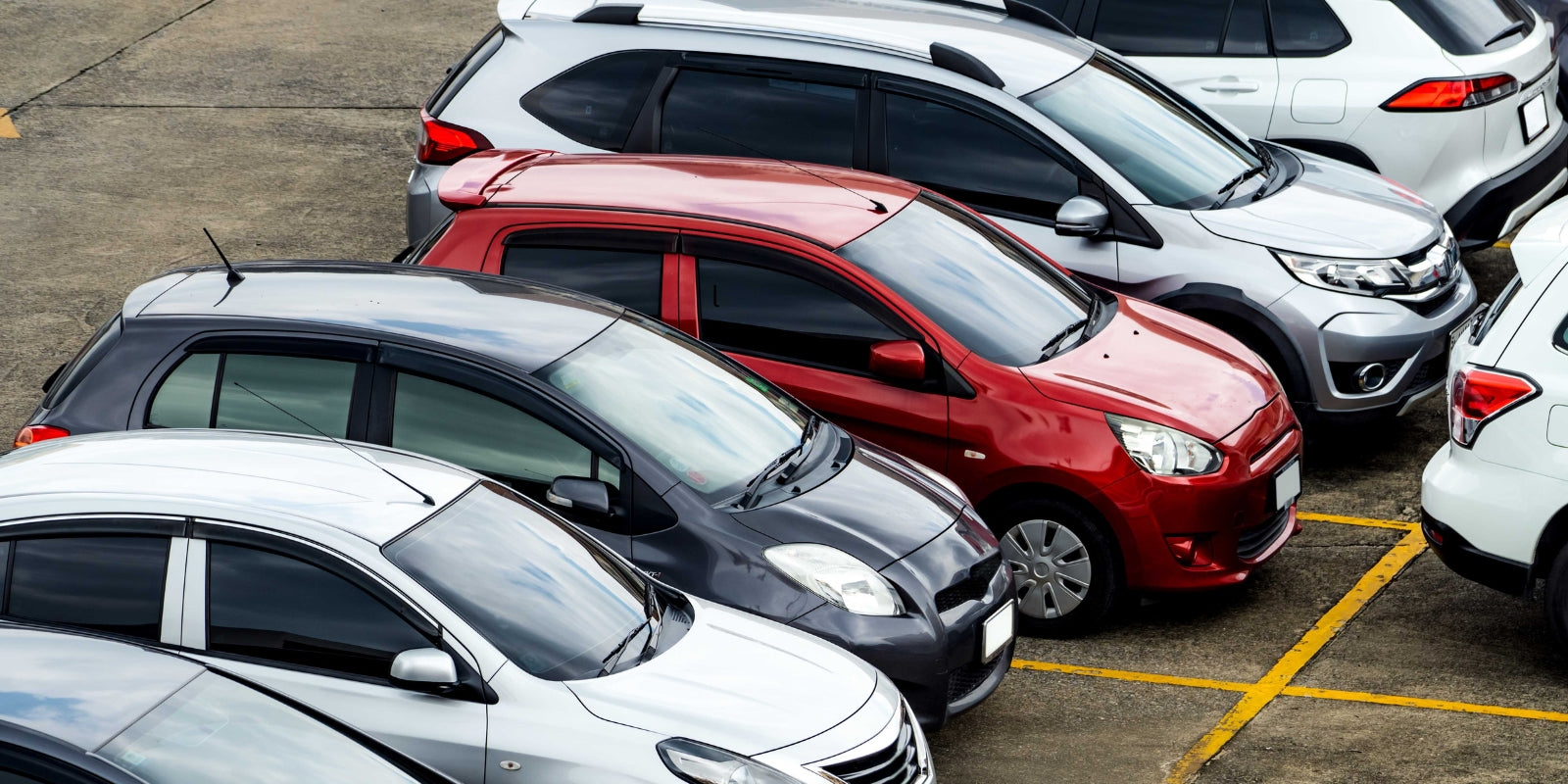
Brooklyn Beckham reportedly learned to drive in a Mercedes C-Class, and Kendall Jenner received a Range Rover for her 16th birthday. However, for most of us, learning to drive involves more practical choices. That doesn’t mean you have to compromise, though! There are some fantastic options out there. To help you decide, we asked our expert Approved Driving Instructors (ADIs): what’s the best car for learner drivers?
We’ll also cover what to look for when buying your first car and explain why the vehicle itself isn’t the most important factor when choosing your instructor.
The Best Cars to Learn to Drive In
Opinions on the best cars for learners vary, but it’s always helpful to see what the professionals recommend. Below are the top 10 cars for learners, as chosen by our driving instructors:
10. Volkswagen Polo

The Volkswagen Polo features a comfortable, spacious interior and precise handling. Its smooth gearbox is great for achieving seamless gear changes, which will impress both examiners and future passengers. This versatile car is a firm favorite among our instructors.
9. Ford Fiesta

The Ford Fiesta is highly rated by our instructors for its quiet ride, fuel efficiency, and practicality. Do check the backseat space if you’re considering buying one, as it can vary. The fiesta's small, low-sitting steering wheel is unique and might take some getting used to.
8. Citroën C3

The Citroën C3 isn’t the most agile car on this list, but it offers reliability, comfort, and plenty of headroom for taller drivers. If you prefer a relaxed, smooth ride, the C3 could be a great fit.
7. Volkswagen Golf
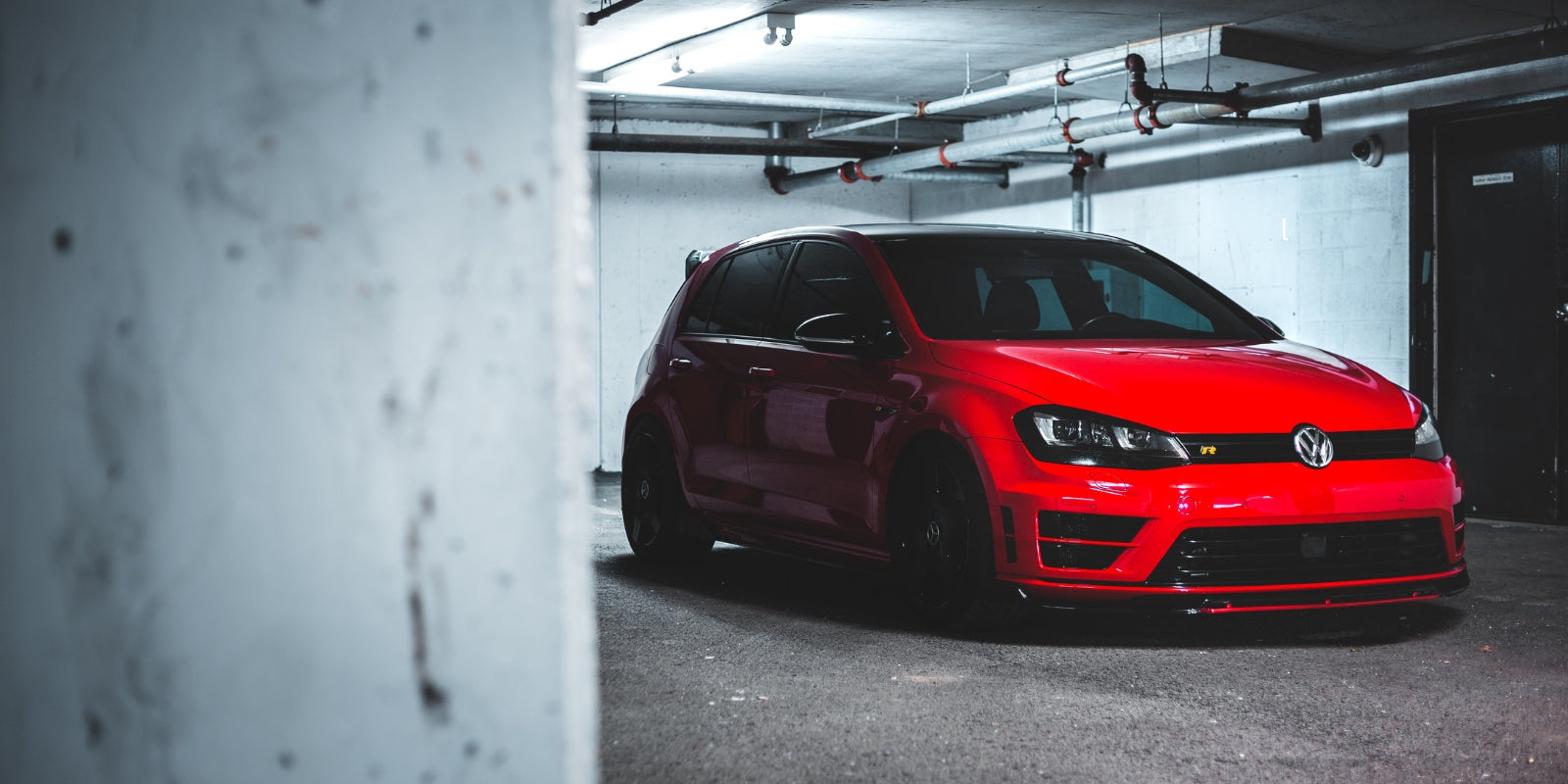
Another Volkswagen makes the cut! The Golf is praised for its excellent visibility and maneuverability. It’s also a great option for taller drivers, as it provides ample legroom without compromising on backseat space.
6. Ford Focus
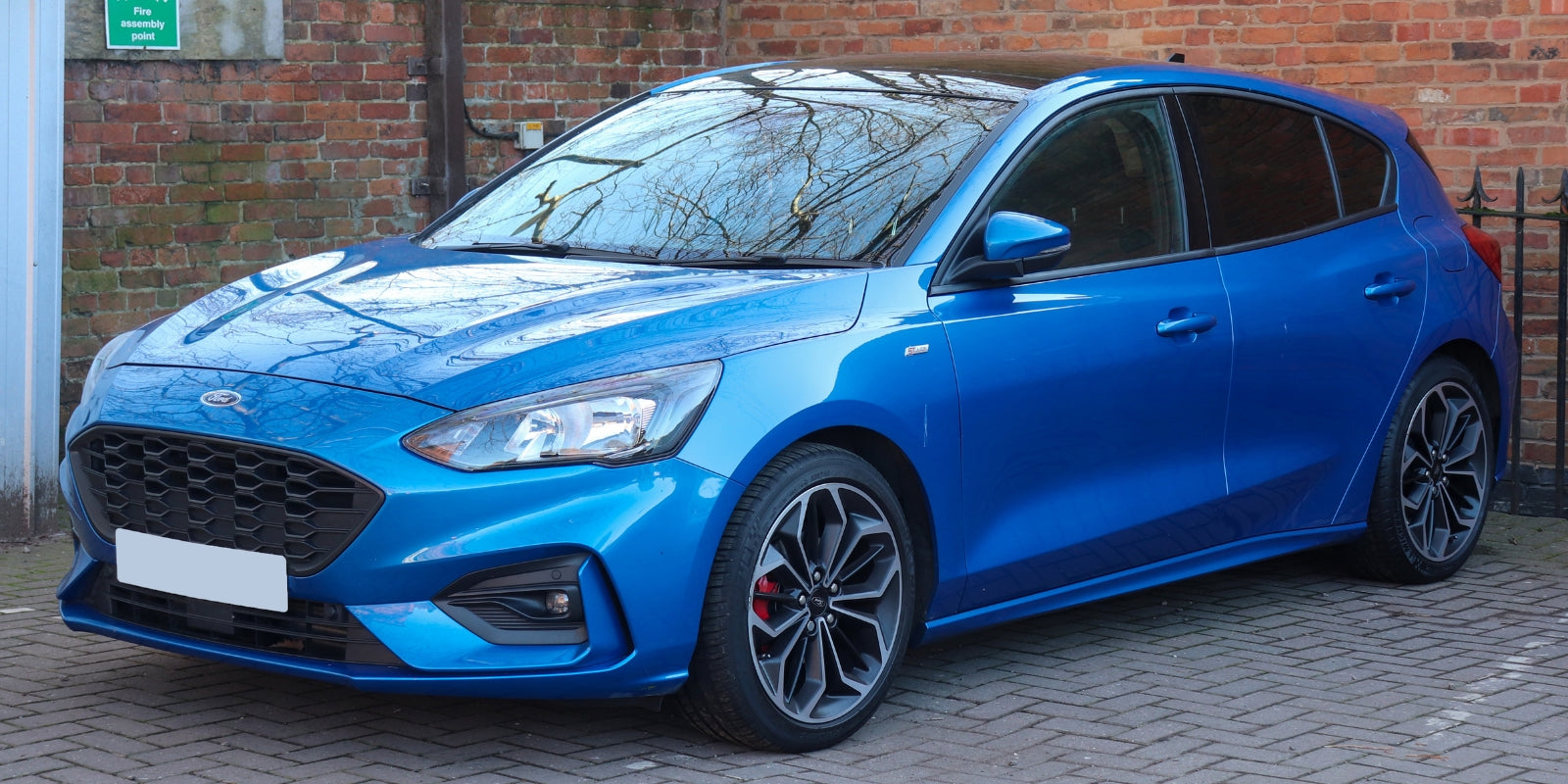
The Ford Focus is slightly larger than the average hatchback but remains easy to handle, making it ideal for boosting confidence with parking and maneuvers. Its responsive steering makes it fun to drive and a strong contender for learners.
5. Peugeot 208
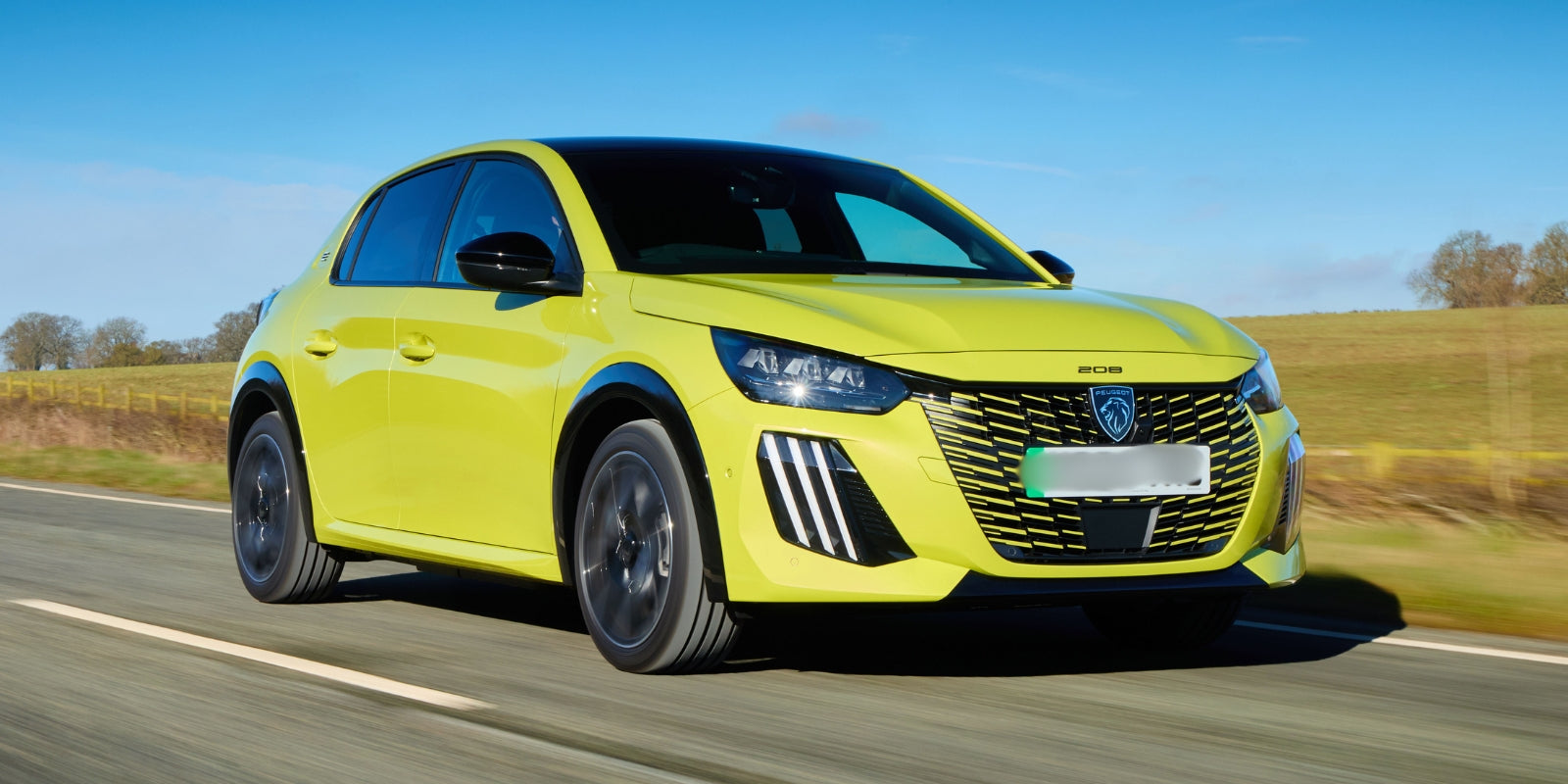
The Peugeot 208 is compact and easy to park—an important quality for learners. Like its sibling, the 308, it features the distinctive low-set steering wheel. Stylish and responsive, the 208 is a popular choice among instructors.
4. Renault Clio
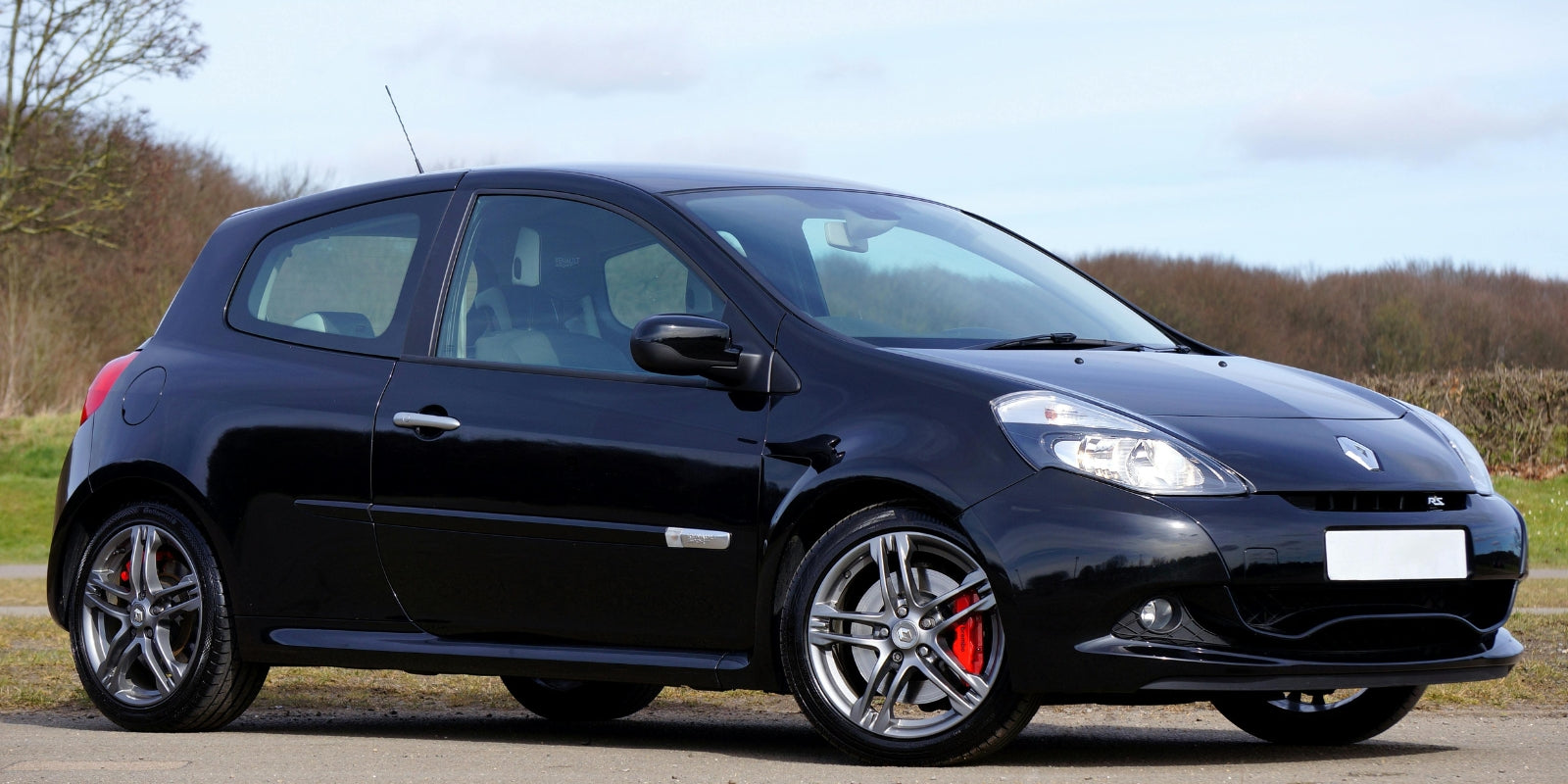
The Renault Clio is one of the best learner cars, thanks to its agility and cornering abilities. While you may not fully appreciate it as a learner, the Clio’s spacious boot is a big bonus.
3. Vauxhall Corsa
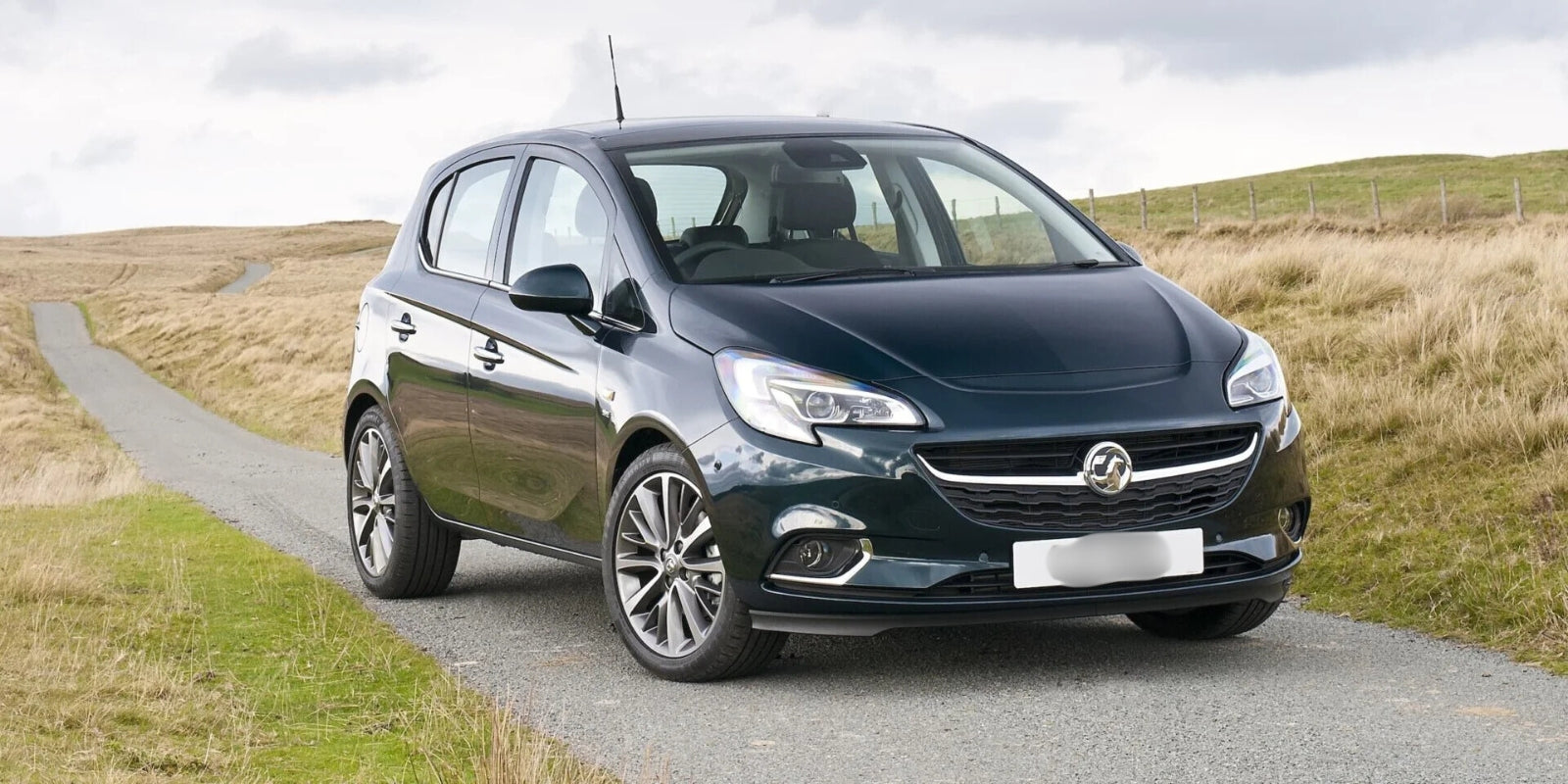
Renowned for its ease of driving, the Vauxhall Corsa is an excellent all-rounder. Its five-door version is family-friendly, and recent models are much more agile than earlier versions.
2. Toyota Yaris
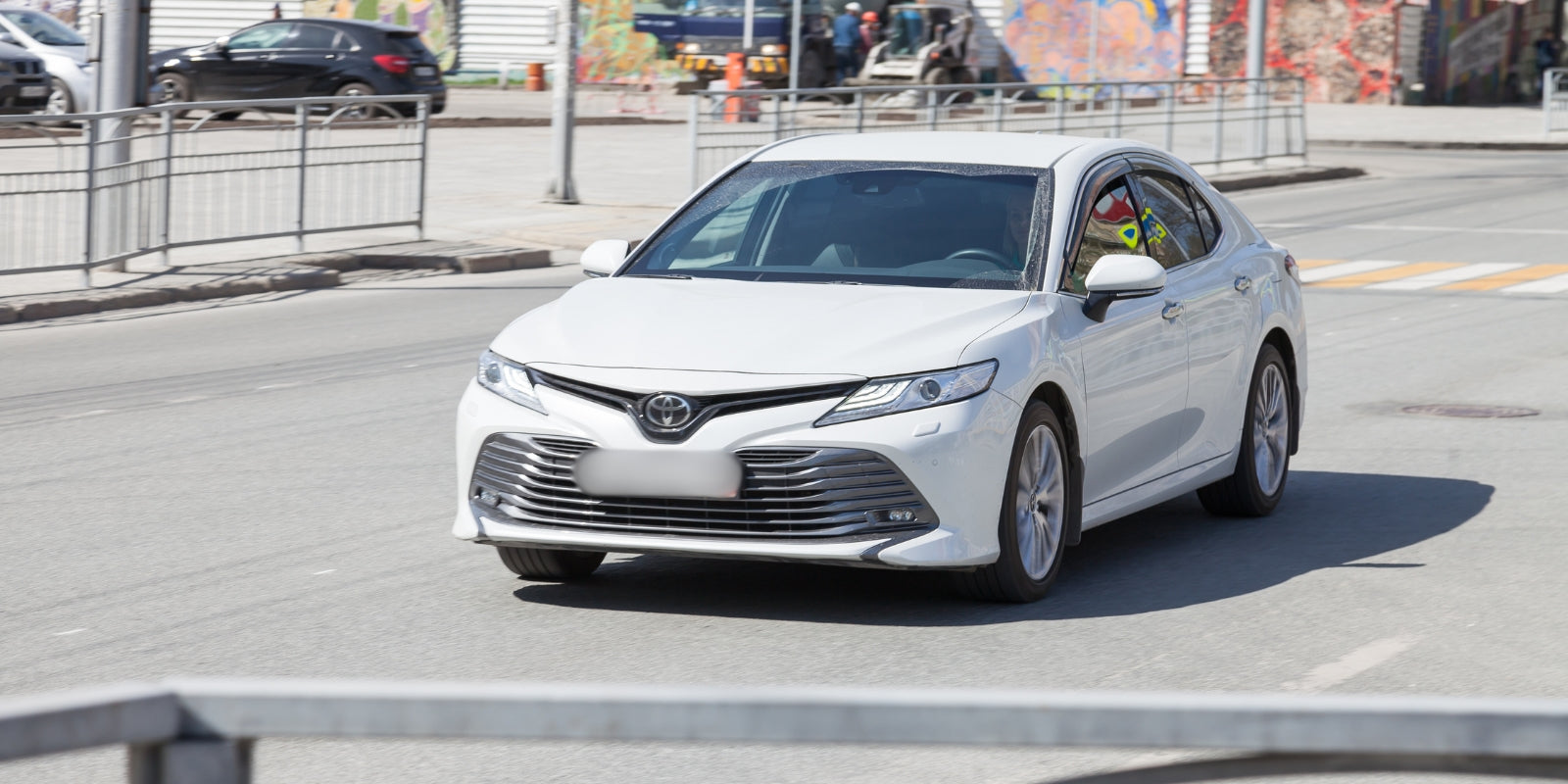
The Toyota Yaris, in both manual and automatic versions, is popular for its nippy performance and smooth ride. While the rear window can create some blind spots, the Yaris’s reliability and durability make it a fantastic long-term investment.
1. LEXUS CT200h
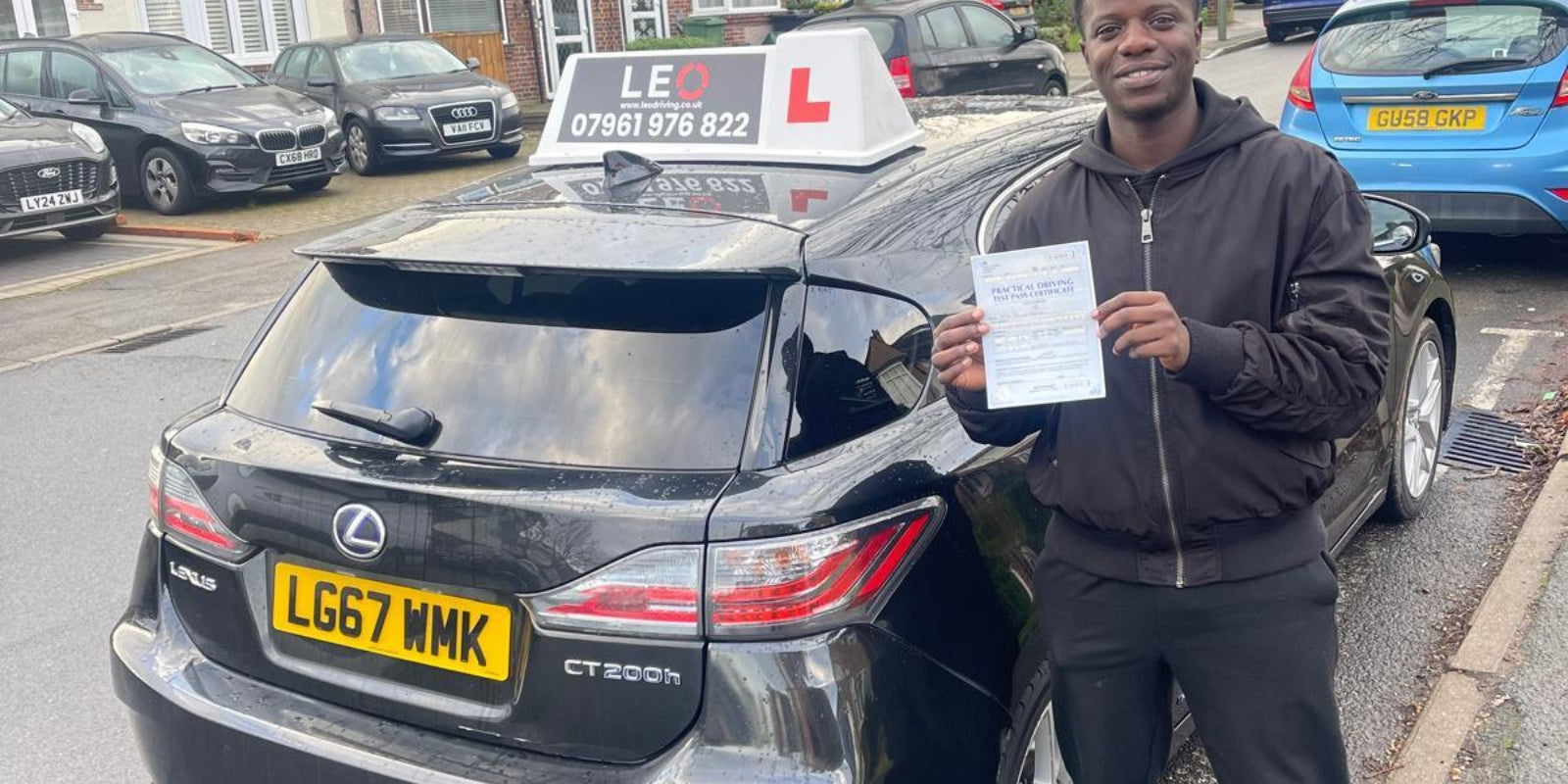
Lexus consistently ranks as the top car for learner drivers. Loved for its responsiveness and value for money, it’s a compact yet comfortable choice. The CT200h is widely used by instructors, and for good reason: it’s a great all-rounder, ideal for learners and first-time car owners alike.
What’s the Best Car to Buy as a Learner Driver?
Choosing your first car is a personal decision. Everyone has different needs, so the best car for you might not suit someone else. Here are some key factors to consider:
1. Test Drives
If you’re not ready to buy a car just yet, driving lessons are a fantastic way to get a feel for different vehicles. Pay attention to the handling, visibility, and overall comfort of your instructor’s car to guide your decision when you’re ready to buy.
2. Size

Most new drivers prefer a car that’s small enough to manoeuvre easily but large enough to feel comfortable. While most instructors use hatchbacks, consider your personal needs. Do you require extra boot space? Will you frequently carry passengers? Don’t worry if you need something a little bigger—you’ll soon get used to its size.
3. Visibility
Good visibility makes parking, overtaking, and changing lanes safer and easier. Look for cars with minimal blind spots. Modern vehicles often include features like parking sensors to assist with visibility, but these should complement—not replace—your skills.
4. Responsiveness
Different cars react differently when you accelerate, brake, or steer. Some are ‘nippy’ and respond instantly, while others are slower. Test drives are crucial for understanding how a car feels and whether it suits your driving style.
5. Reliability
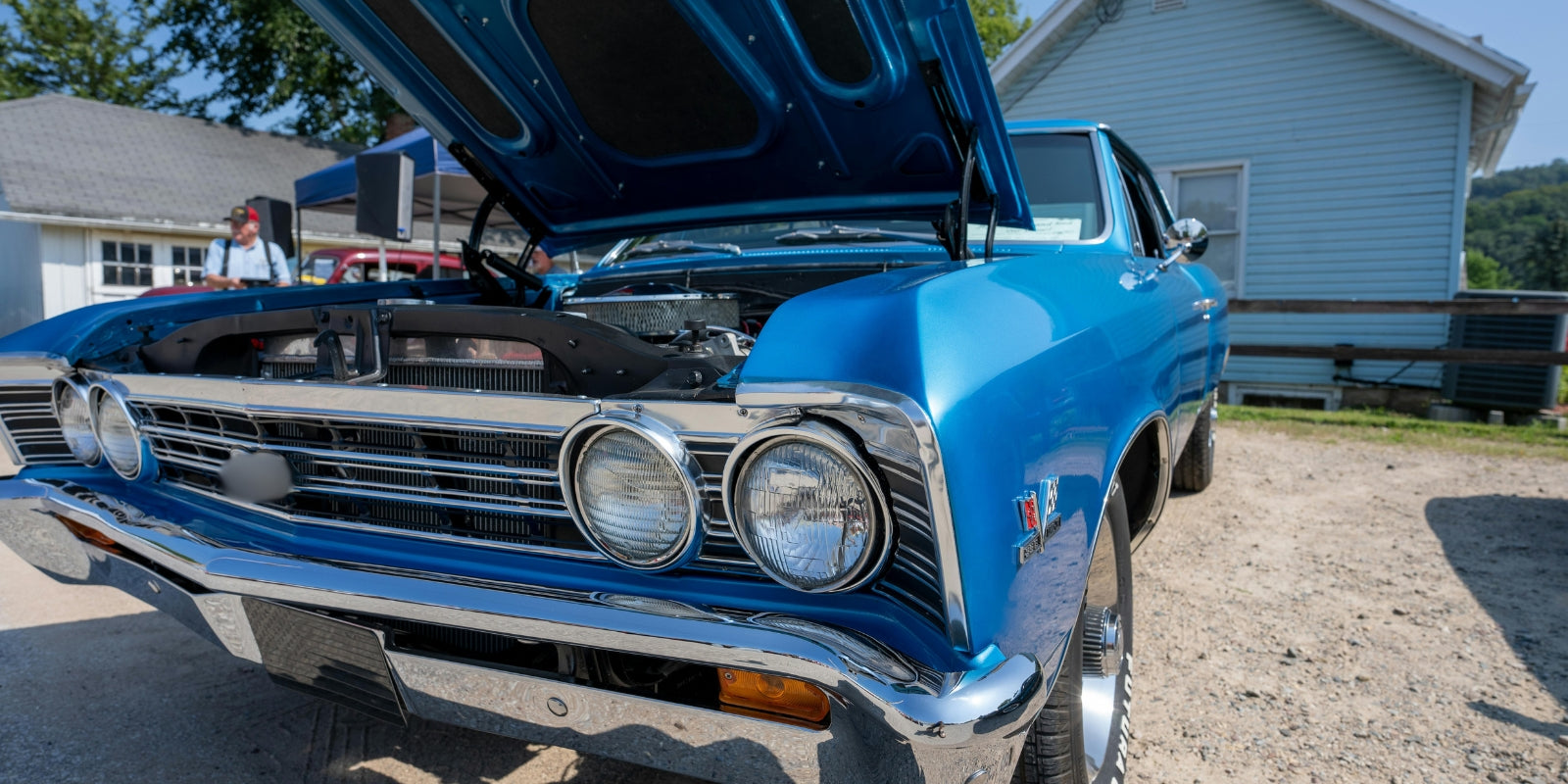
A muscle car with its bonnet open, someone hard at work on the engine—it’s not the ideal image for a learner driver. Driving instructors tend to choose cars that are dependable, ensuring minimal downtime and maximum reliability for their lessons. As a new driver, you’ll want to adopt the same mindset. The last thing you need is the hassle of an unreliable car, especially after investing in lessons, insurance, tax, and other costs. Repairs can be inconvenient and costly, so prioritizing reliability is key.
6. Age
While newer cars often come with added features, it’s important not to be swayed by unnecessary bells and whistles. Some features, such as parking sensors or lane correction technology, can be helpful, but they’re not essential for learning to drive. A solid, basic car is perfectly sufficient.
When considering a used car, don’t just focus on its age. Mileage often provides a better indication of the vehicle’s lifespan. Additionally, research the car’s make and model to identify any known issues for specific years, as some vehicles have ‘bad’ years with common faults. Doing your homework can save you significant time and money in the long run.
Eco Credentials
If you can afford the initial expense, opting for an eco-friendly vehicle is a fantastic choice. Hybrid and electric cars save money on fuel and road tax while reducing environmental impact. Even if you don’t go fully green, there are many ways to be a more eco-conscious driver regardless of your vehicle.
Price

Cost is always a major factor when purchasing a car. Look beyond the initial price tag and consider all associated expenses, including tax, insurance, fuel, maintenance, and potential repairs. A car with low mileage and a good history may cost more upfront but prove more economical in the long run.
Dual Controls
Learning in a car equipped with dual controls provides an added layer of safety, allowing you to focus on building confidence. That’s why most people learn to drive in their instructor’s car rather than their own. By the time you’re ready to pass, you’ll have gained the skills to drive independently, and dual controls won’t factor into your first car purchase.
FAQs About Learning to Drive
Should I choose my instructor based on their car?
When selecting a driving instructor, the focus should be on their teaching ability rather than their car. A skilled instructor can teach you effectively in any vehicle. Most instructors use compact hatchbacks, which drive similarly, and ensure you master the basics so you can adapt to any car after passing your test. In short, the car itself shouldn’t be a deciding factor.
Should I learn in a manual or automatic?
If possible, it’s often better to learn in a manual car, as it offers more versatility. A manual licence allows you to drive both manual and automatic vehicles, whereas an automatic licence restricts you to automatics. However, if you struggle with a clutch or have a condition that makes gear changes difficult, learning in an automatic is a great alternative.
What are my options for learning in an automatic?
If you decide to learn in an automatic, the options are slightly more limited. However, many instructors at Leo Driving School recommend models like the Toyota Yaris for automatic learners, as they are reliable and easy to drive.
I have a disability. What cars are suitable for me?
If you need a car with adaptations, you may qualify for the Motability Scheme, which can provide a vehicle tailored to your needs. Some cars can even be equipped with dual controls to support your driving lessons. Check if you’re eligible for free lessons under the scheme as well.
Can I request to learn in a specific car with Leo Driving School?
If you have specific requirements, let us know when booking, and we’ll do our best to accommodate you. However, requesting a particular make or model may limit your options and increase waiting times. If the request is for a practical reason—such as needing a car suited to taller drivers—we’ll always aim to help.
Will switching cars affect my progress?
Switching to a different car while learning won’t set you back significantly. While you may take a little time to adjust to a new vehicle’s biting point or feel, this experience is beneficial since you’ll likely drive a different car after passing your test.
If you’ve memorised specific reference points for manoeuvres in one car, avoid relying on them in a new vehicle, as dimensions and sightlines vary. Focus on the underlying techniques instead.
Can I learn to drive in my own car?
Yes, you can! However, most learners prefer to use their instructor’s car, mainly because it comes with dual controls for added safety. If you’re considering learning in your own car, weigh up the pros and cons carefully.
Conclusion
At Leo Driving School, we’re passionate about pairing learners with professional instructors and reliable vehicles. While choosing the right car to practise in is important, the quality of your instructor plays a far bigger role in your driving success.
Do you agree with our list of the best cars to learn in? Did you enjoy your learner car, or was it a nightmare? Let us know in the comments below!

